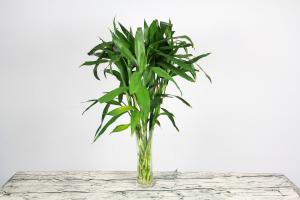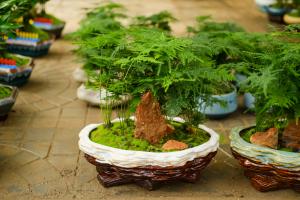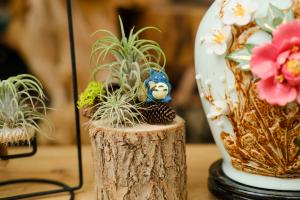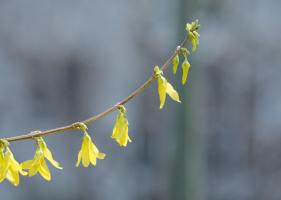Introduction
Trees are known for their longevity and resilience, as they can live for hundreds or even thousands of years. In contrast, most flowering plants, also known as angiosperms, have a relatively short lifespan of a few years to a few decades. This raises the question: why do trees live longer than flowering plants?
Environmental Factors
One factor that contributes to the longevity of trees is their ability to cope with environmental stresses. Trees, especially those that are old and established, are well-adapted to tolerate extremes of temperature, moisture, and light. In contrast, many flowering plants require specific growing conditions in order to thrive, and may struggle to survive if the environment becomes too harsh or unpredictable. Additionally, trees have large root systems that enable them to absorb water and nutrients from a wide area, whereas many flowering plants have shallow roots that are more susceptible to drought and soil erosion.
Genetic Factors
Another factor that may explain why trees live longer than flowering plants is their genetic makeup. Trees have larger and more complex genomes than most flowering plants, which allows them to encode a wider range of proteins and enzymes that are involved in stress response, DNA repair, and cell proliferation. This genetic diversity may enable trees to adapt more quickly to changing environmental conditions and to resist disease and pests. In contrast, many flowering plants have smaller genomes and fewer genetic resources to draw upon when faced with adversity.
Reproductive Strategies
A third factor that could contribute to the longevity of trees is their reproductive strategy. Unlike many flowering plants, which invest a significant amount of energy into producing flowers, fruits, and seeds, trees typically have more modest reproductive output. They may produce fewer seeds, but those seeds are often larger and more durable than those of flowering plants. This may enable trees to maintain their population over long periods of time, even in the absence of favorable growing conditions. Additionally, many trees have evolved strategies to reproduce vegetatively, such as through root sprouting, which allows them to persist even if their seeds fail to germinate or if their offspring are killed by predators or disease.
Conclusion
In conclusion, trees live longer than flowering plants for a variety of reasons, including their ability to tolerate environmental stresses, their genetic diversity, and their reproductive strategies. The fact that trees can survive and even thrive in harsh conditions over long periods of time has made them invaluable to human societies, providing shade, fuel, food, and shelter. Understanding the factors that contribute to their longevity may help us to better appreciate and manage these remarkable organisms in the face of environmental change.

 how many times do yo...
how many times do yo... how many planted tre...
how many planted tre... how many pine trees ...
how many pine trees ... how many pecan trees...
how many pecan trees... how many plants comp...
how many plants comp... how many plants can ...
how many plants can ... how many plants and ...
how many plants and ... how many pepper plan...
how many pepper plan...
































